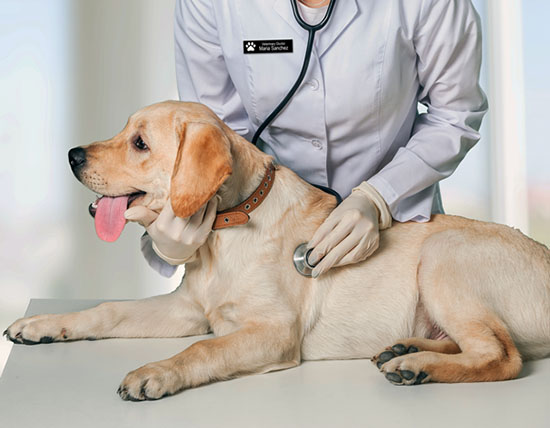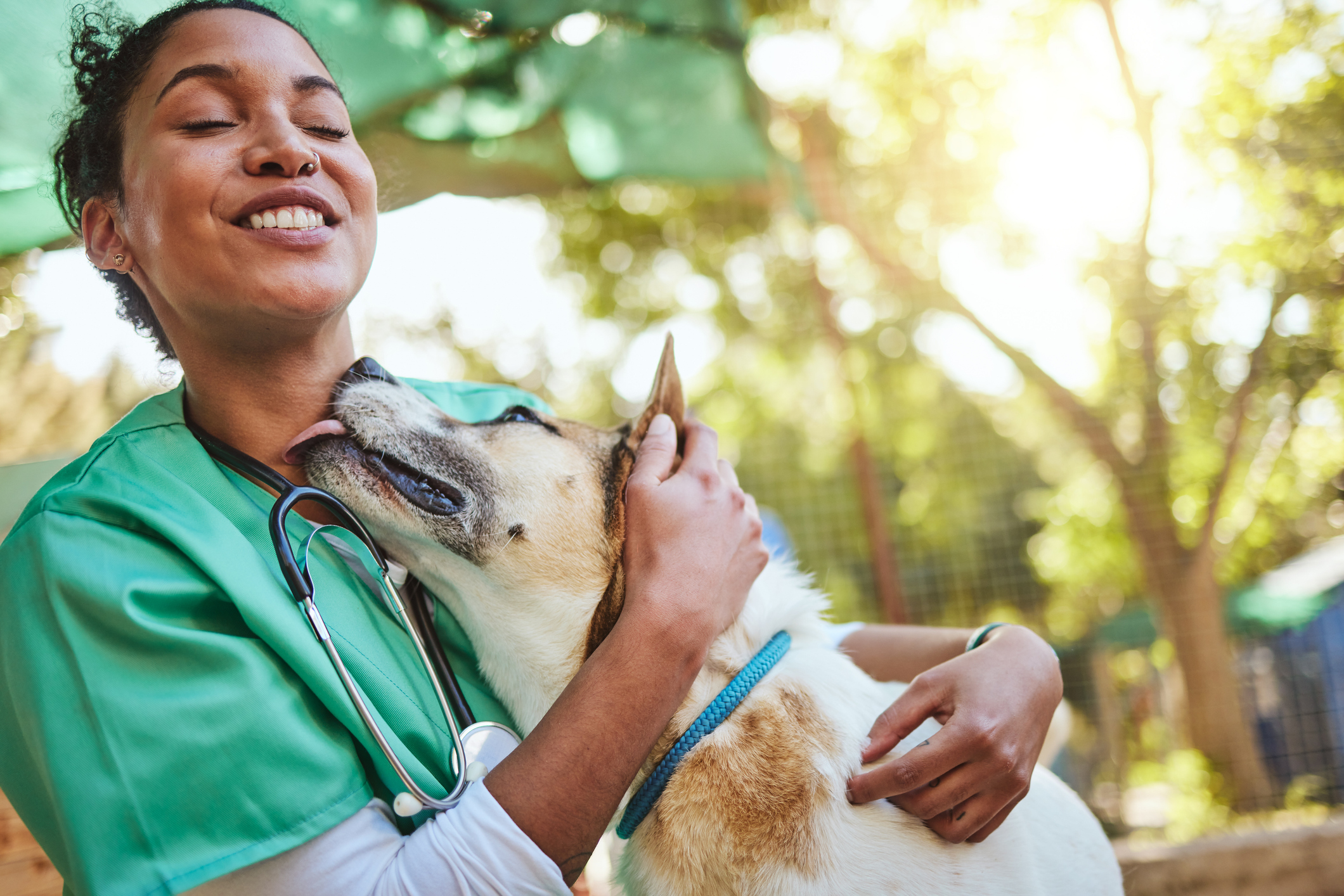Veterinary Oncology Services guide for pet owners dealing with tumor diagnoses
The Value of Early Detection: Insights From a Vet Oncologist
Early discovery of cancer in pets is a necessary subject for family pet owners and vet specialists alike. Veterinary oncologists emphasize the relevance of acknowledging subtle indicators that might suggest serious wellness problems. Common signs and symptoms usually go unnoticed until they rise. Comprehending these early indication and advancements in analysis techniques can make a significant distinction. What steps can pet dog proprietors require to boost their pets' opportunities of very early diagnosis and far better treatment outcomes?
Understanding Cancer in Animals: Typical Types and Symptoms
While numerous pet dog owners may not recognize it, cancer is a considerable health problem impacting pets, similar to it carries out in humans. Typical sorts of cancer in pet dogs include lymphoma, mast cell lumps, osteosarcoma, and mammary tumors. These malignancies can show up in various methods, relying on their place and kind. Signs and symptoms commonly include unusual weight reduction, consistent throwing up, changes in hunger, or uncommon swellings and bumps. Pets may additionally exhibit lethargy, problem breathing, or reluctance to exercise, which can suggest underlying wellness concerns. Early signs can be subtle, making it necessary for pet owners to be observant of their animals' habits and physical problem. Recognizing these common types and connected signs can equip proprietors to look for vet treatment promptly, possibly leading to earlier diagnosis and treatment options. Recognizing the signs of cancer in animals is an important step towards enhancing their health and wellness and high quality of life.
The Function of Veterinary Oncologists in Early Detection
Veterinary oncologists play an important role in the very early discovery of cancer cells in family pets, as their specialized training furnishes them with the skills essential to recognize subtle indications that may be overlooked by family doctors. They use a combination of clinical competence and advanced diagnostic devices to analyze individuals completely - Veterinary Oncology Services. By acknowledging early signs and symptoms and threat aspects, oncologists can direct pet proprietors towards timely treatments, boosting the possibilities of effective therapy
Furthermore, veterinary oncologists often team up with general practitioners to create screening procedures tailored to certain breeds or age teams, improving the effectiveness of very early detection initiatives. They inform pet dog owners on the relevance of routine exams and understanding of adjustments in behavior or physical problem. Through these positive actions, veterinary oncologists substantially add to enhancing outcomes for pet dogs detected with cancer cells, highlighting the crucial nature of their role in vet medical care.
Developments in Diagnostic Techniques for Pet Cancer
Innovations in diagnostic methods have markedly enhanced the capability to find cancer in pets at earlier stages. Methods such as innovative imaging, consisting of MRI and CT scans, give detailed inner sights, enabling veterinarians to determine growths that may not be palpable. Furthermore, the development of minimally invasive procedures, such as great needle aspirates and biopsies, makes it possible for exact tasting of cells for histopathological examination with minimized anxiety for the animal.
Emerging molecular diagnostics, including hereditary screening and biomarker recognition, are transforming the landscape of veterinary oncology. These methods can recognize check here details cancer cells types and predict responses to therapy, facilitating personalized care strategies. Innovations in lab techniques, such as fluid biopsies, are beginning to offer non-invasive alternatives for keeping an eye on tumor progression and therapy efficiency. Collectively, these developments represent a considerable leap forward in vet medicine, stressing the important role of very early detection in boosting results for pets identified with cancer.
Just How Pet Owners Can Identify Indication
How can pet dog owners come to be watchful in identifying prospective indication of cancer cells? Understanding of physical and behavior modifications in pet dogs is vital. Common signs consist of unusual lethargy, loss of hunger, or sudden weight adjustments. Animal proprietors need to likewise pay focus to persistent vomiting or looseness of the bowels, which may signal underlying issues.
Adjustments in the skin, such as lumps, bumps, or sores that do not recover, warrant instant vet attention. Furthermore, proprietors should keep in mind modifications in alcohol consumption habits, enhanced urination, or problem in breathing. Inexplicable hopping or pain may also be indications of more severe problems.
Normal vet exams can aid identify these warning signs early. By maintaining a close observation of their animals' health and wellness and habits, owners can play an essential function in early detection, potentially resulting in much better results ought to cancer be identified. Acknowledging these go to my blog indications may Read Full Report substantially influence a pet dog's top quality of life.
The Influence of Very Early Detection on Treatment Outcomes
Early detection of cancer cells in pet dogs plays an essential role in establishing therapy results, as it commonly enables a larger variety of therapeutic options. When cancer cells is identified in its beginning, vets can carry out less invasive therapies, boosting the probability of successful treatment. Early-stage cancers cells may also react much better to chemotherapy or radiation, bring about enhanced survival rates and total high quality of life for the animal.
In addition, timely diagnosis facilitates an extra tailored therapy strategy, aligning with the certain requirements of the animal. This can consist of individualized medication routines or surgical treatments that are less hostile. On the other hand, late-stage discovery commonly results in minimal options, extra aggressive therapies, and poorer prognoses. Subsequently, the significance of very early discovery can not be overstated; it basically changes the trajectory of therapy, making it vital for pet owners to continue to be cautious for any indications of illness in their beloved companions.
Often Asked Concerns

Just How Can Diet Plan Impact Cancer Threat in Animals?
Diet substantially influences cancer cells risk in family pets, as certain nutrients and food kinds can either promote or hinder tumor development. A well balanced, nutrient-rich diet regimen may help in reducing the possibility of creating cancer in pets.
Are Certain Breeds Extra Prone to Cancer?
Specific pet breeds, such as Golden Retrievers and Fighters, show higher cancer susceptibility because of hereditary predispositions. Some feline types additionally show enhanced cancer dangers, highlighting the relevance of breed-specific health awareness among family pet proprietors.

What Are the Prices Connected With Early Cancer Cells Detection?
The prices connected with very early cancer cells detection can differ significantly, incorporating diagnostic examinations, consultations, and prospective therapies - Pet Cancer Surgery. Spending in these solutions frequently causes better health and wellness end results, ultimately reducing more extensive future medical costs
Can Vaccinations Protect Against Cancer in Pet Dogs?


Injections might decrease the threat of certain cancers in pet dogs, particularly those connected to viral infections. However, their efficiency differs, and pet owners must consult veterinarians for customized suggestions concerning vaccination and cancer cells avoidance strategies.
Exactly How Commonly Should Pet Dogs Be Evaluated for Cancer cells?
Pets should typically be screened for cancer yearly, particularly as they age or if they display danger aspects. Routine veterinary examinations can assist determine prospective problems early, enhancing treatment results and overall health management.
Early detection of cancer in pets is an important topic for pet owners and vet specialists alike. Early indicators can be subtle, making it necessary for family pet proprietors to be watchful of their family pets' habits and physical problem. Veterinary oncologists play a vital function in the early detection of cancer cells in pets, as their specialized training furnishes them with the skills needed to determine refined indications that might be forgotten by basic practitioners. By maintaining a close observation of their pet dogs' wellness and actions, proprietors can play an essential function in very early detection, potentially leading to better outcomes need to cancer cells be diagnosed. Early detection of cancer cells in family pets plays a crucial function in identifying therapy results, as it typically allows for a broader range of healing choices.